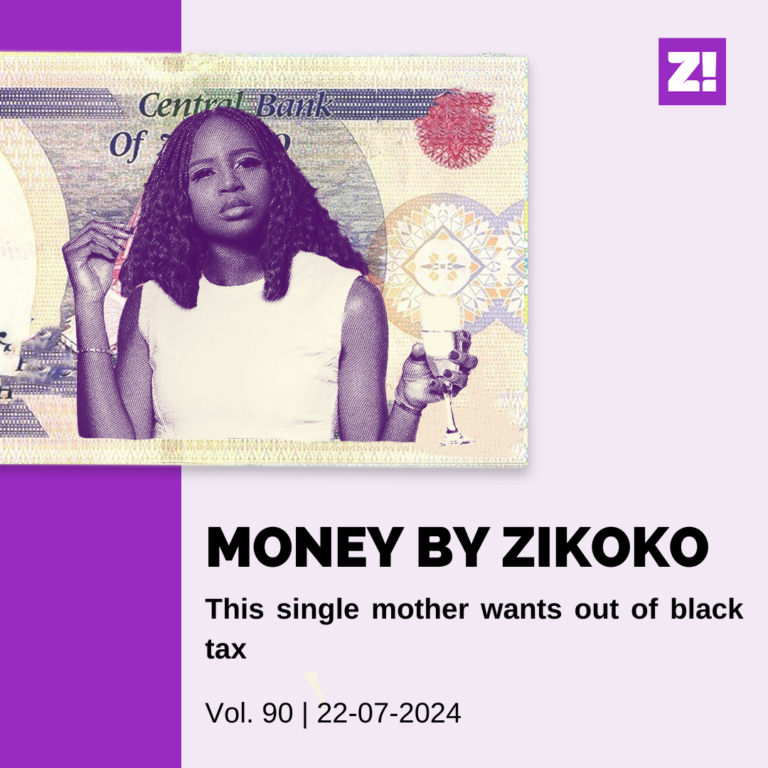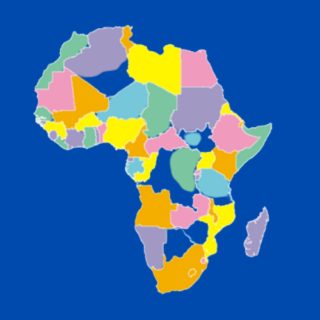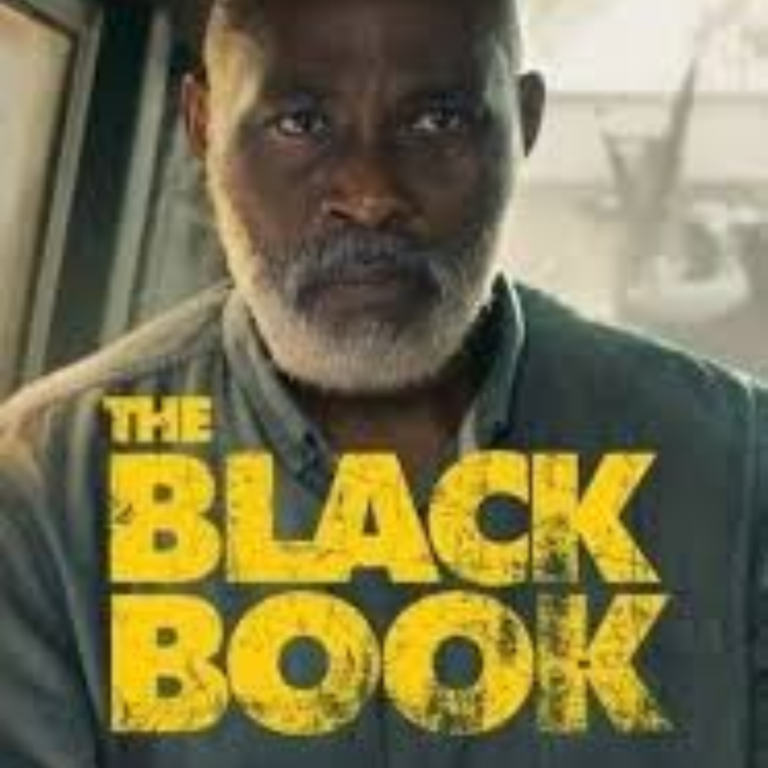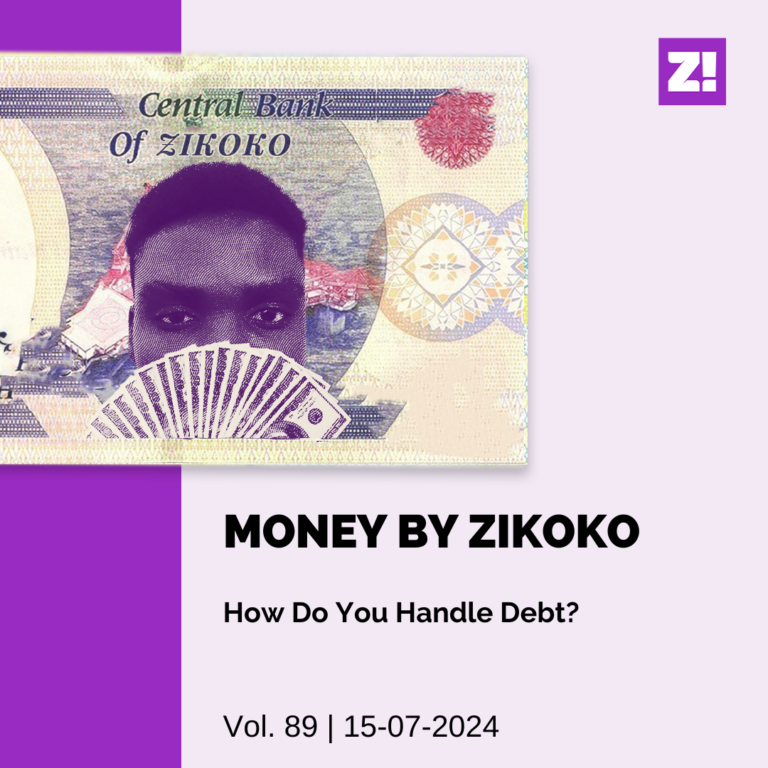Before Daniel Orubo became a tech product marketer, he worked in the media industry for over six years. For #Hustleprint, he tells us how he completed his transition.
Hint: it was a mix of continuous learning and taking a leap of faith.
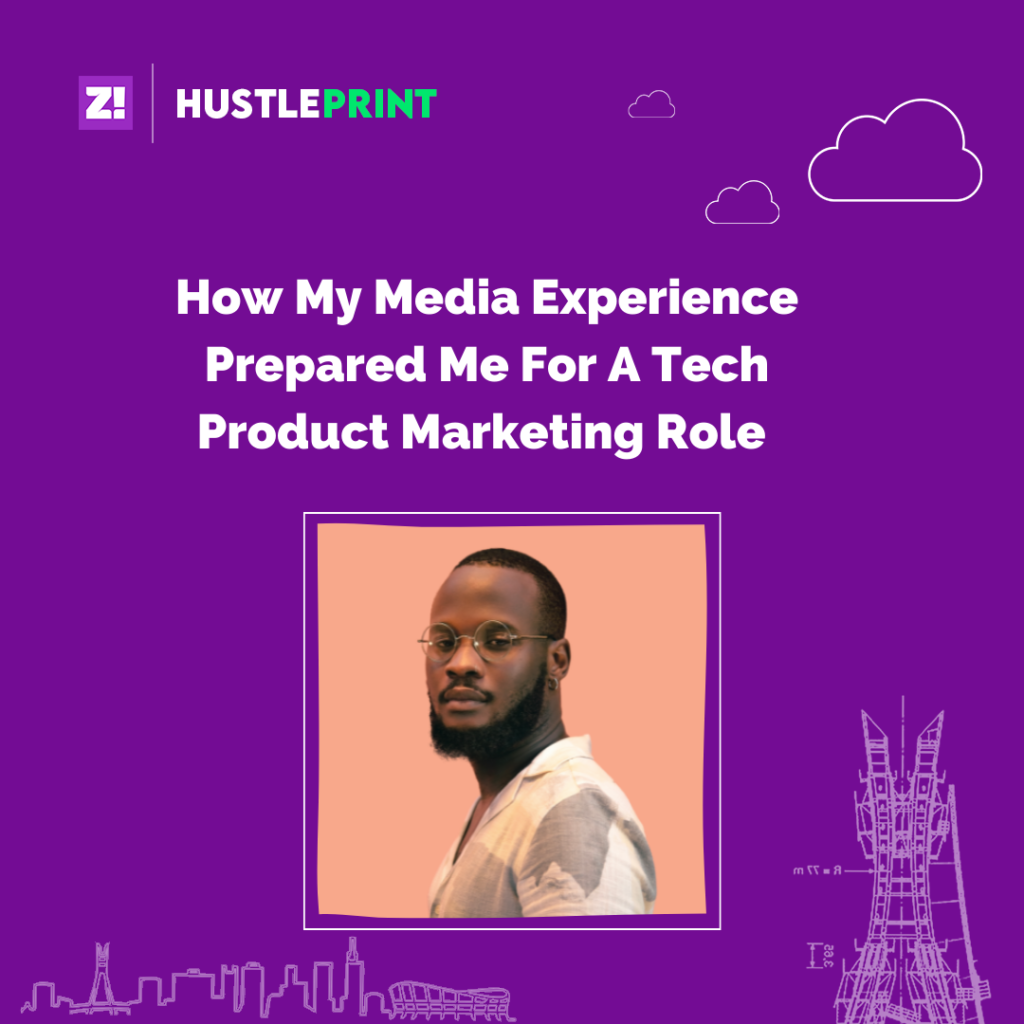
Let’s start with the obvious question. Was working in tech always the goal?
It wasn’t. I didn’t even consider it for years, which is funny because I studied computer engineering and my closest friends work in tech. You’d think the peer pressure would have gotten to me sooner. But I was fine working in the media after graduating from uni.
Now you have to tell me how you started working in the media industry
While studying for my computer engineering degree, my best friend, Odun and I discovered our love for writing. We wrote fiction and published the stories on a little blog we owned.
In 2015, Seyi Taylor reached out to us and pitched a media publication he was launching. He said the core audience was young people, and he thought we’d be a great fit because we were “funny and smart.” That publication was Zikoko.
Heh. The name sounds familiar
Odun and I sat down and thought about what we wanted Zikoko to look like. I’ll be honest — we didn’t have a clear idea of what we were doing, but we were obsessed with Buzzfeed and Youtube. That was a good start, so we experienced and threw things at the wall. It took about two months after we started before we created the first viral article that did hundreds of thousands of views.
What did the experimentation phase look like?
The biggest part was content consumption. Part of being a creator is consuming a lot of content. Every time I saw something I liked, I’d try to figure out why I liked it. Then I’d borrow those elements and apply them to whatever I was working on.
Also, I was doing a lot of listening. A tweet, a joke or a meme was an opportunity for fresh content. At the very least, they were signs of what people were interested in.
This process taught me how to mould my voice to fit the audience — another thing content creators and marketers should optimise for. Creating content in a way your audience wants or likes, even if it doesn’t particularly appeal to you, is a great way of getting through to them.
I’m curious about how you balanced creating the content you wanted vs what the audience wanted
The balance, for me, was making sure that I didn’t hate anything I wrote. It didn’t matter if it wasn’t something I’d have chosen to write, I pulled it off in a way that felt honest.
If I was writing about something I didn’t know much about, the trick was to research and reach out to people who could talk about their experiences. This was particularly useful for listicles because they had to be relatable to reach the audience. Ultimately, if the output felt solid to me, I was good.
The more I took these early learnings and applied them, the more comfortable I was with content creation and settling into it as a career.
Lit. What was the next significant event?
I spent a little over a year at Zikoko before I went to Konbini, another media company. It was another vital experience; I was there for about three years and became the Editor-in-Chief during that period.
But Konbini had to leave Nigeria, and I returned to Zikoko in 2019. The publication was doing a lot more interesting things, especially around long-form storytelling. This opportunity played a role in creating series like Sex Life and Love Life. Also, I became the Editor-in-Chief.
Was there anything you learned during this time that still proves particularly useful?
Building processes. Working with the Managing Editor at the time, Ope Adedeji, was a valuable lesson in the importance of reporting and documenting processes.
I didn’t realise it at the time, but we were writing go-to-market strategies for every series and project we launched. A good part of this was figuring out the audience, distribution, competitors and success metrics.
Building and documenting processes force creators to think about execution, which increases the chances of success. Although I left the media industry in 2021, this is still immensely useful to me.
A segue. After working in media for so long, why did you transition into another industry?
It was a combination of different things. I found the tech industry interesting, thanks to the conversations I‘d been having with my friends over the years. Whenever they talked about their companies, I always had ideas about how to make their products better. Naturally, I started thinking that it wouldn’t hurt if this became my day job. It also helped that I had easily-transferrable skills.
Besides, I thought I’d done my fair share of work in the media.
Fair enough. What steps did you take when you decided to transition?
First, I quit my job, although I didn’t have another one lined up — a career first. Then I tweeted that I was looking for a marketing role in tech. I didn’t know what I thought the tweet was going to accomplish, but some cool founders reached out to me. I’m still amazed by the quality of people who wanted to work with me.
In the end, I joined PiggyVest as Head of Content and Content Strategy. The conversation had been happening before my transition because I had friends there. When I joined the company, the job to be done was figuring out how to leverage content to convert potential customers into users.
What does everyone need to know about the difference between tech content marketing and content creation
The major difference is that in media, the content itself is the product. However, content is an add-on to push a product in the tech industry. It doesn’t matter what I’m writing or producing these days, I’m thinking about how the content sells the brand and its products. I’m also asking questions about what sets of consumer behaviour I’m looking to influence or change. Whatever the answer is, every piece of content ends with a CTA that directly promotes the product. The end goal is conversion — the number of people who take an action you want them to.
I should mention that my role at PiggyVest has evolved and isn’t just limited to content marketing anymore. In the past two years, I’ve led projects around digital and product marketing.
Interesting. Tell me more about that
Once the content marketing bit was sorted and our output was hitting its conversion goals, I felt like I needed to take on more projects. I started thinking about other ways to push the product, so I offered to lead or partake in digital marketing campaigns. The scope wasn’t just content marketing anymore, but it also included product marketing. When I figured this out, I did the next best thing.
What?
I took some courses. My favourite was an intense 33-hour Product Marketing course on CXL — it was incredibly rewarding, and I felt smarter at the end of it. The next thing was applying the learnings and experimenting with new and exciting ways to market the product.
Wait. What’s the difference between content marketing and product marketing?
Content marketing is top-of-the-funnel — it’s your early interactions with prospective users. In practice, it means creating useful and relatable content to win them over. For example, if you’re selling a savings product, you create content around how people manage money or make smart money decisions. While at it, you’re also thinking of ways to position the product so it’s top of mind for the users.
Product marketing is more focused on selling the product’s specific features. To do this effectively, you need to understand three things — the customer, the product, and the market. While working out a product marketing plan, you’re highlighting your competitors, product fit and what makes it stand out, and how to sell it to your customers.
Content marketing is a part of product marketing, it’s just a different part of the funnel.
In your experience, what skills do you imagine one needs for both roles?
Empathy. You can have a product that you don’t personally like, but it doesn’t mean the product isn’t valuable. You need to be an empathetic person to recognise how it’ll be useful to other people.
Another thing is research, as it allows you to figure out your competitors, their competitive advantage, and the lesson you can learn from them so the next user doesn’t choose their product over yours.
This isn’t an exhaustive list, but I’ve found that communication, creativity and advocacy are also useful skills to have.
Got it. You’ve been working in tech for about two years now, what’s been the best thing about the process?
I’ve enjoyed learning about new things, and this has presented itself in two ways — learning from experience and taking courses. Like, I want to lean into my experience over the years, but I also want a professional to tell me new things I haven’t considered.
Essentially, my focus in the past months is putting into practice all the things I’ve known at the back of my mind and also taking in new information along the way.
Sounds fun. So what else have you been up to?
In 2022, I co-founded a community for creators looking to transition into the tech industry. A little background: I acknowledge that I had a relatively easy landing in the industry, but I was also anxious about the process. I kept thinking about what I was doing wrong or if I was even taking the right courses.
Although it eventually worked out, it could have been a disaster. But if I had a community, it would have been a more seamless process.
This thinking led me to start ConTech with Ope Adedeji. The aim is to help other people that might not have the connections I had to find great jobs or even just figure out how to transition.
Over 300 people applied to join the community during launch week, which validated our reasons for creating it. At the moment, the community has over 1,500 registered members, and we’ve given out about 90 scholarships and funded about 30 CV revamps.
As you continue to build the community, what set of goals are you looking to hit?
The primary goal is to create a talent pipeline for no-code professionals and link community members to the right jobs. Thankfully, it’s already starting to happen. There are lots of talented people out there, and there’s nothing I want more than creators to earn what they deserve.
At the moment, I don’t think there’s anything more rewarding.
Hustleprint stories drop every two weeks on Tuesdays at 12 p.m. WAT, and Hustleprint guides will drop in the interim weeks.
So you can follow each drop, Hustleprint will be published in our money newsletter.

